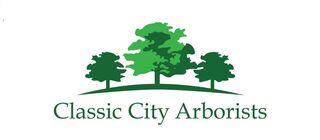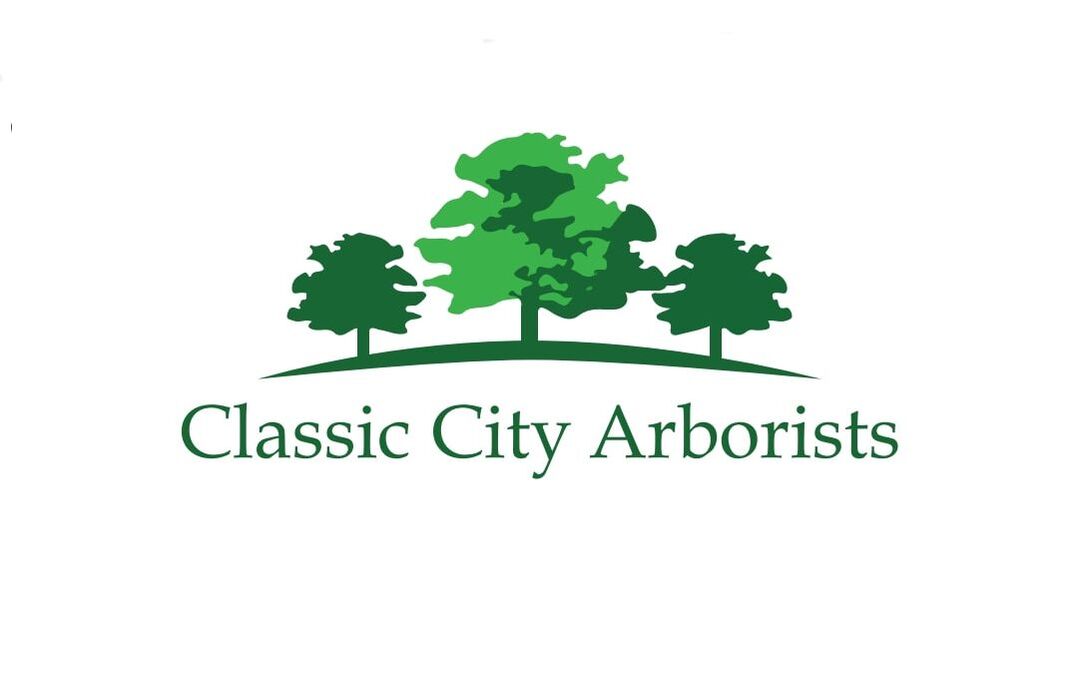|
News and Blog Articles
|
|
For our next Tree of the Month, we’re featuring one of the biggest trees in North America, aptly named the American Sycamore. These behemoths can reach heights over 100 feet on average, with trunks measuring between 5 and 6 feet in diameter. Platanus occidentalis is also known as the Eastern Sycamore, American Plane Tree, Plane Tree, Buttonwood, and Buttonball Tree. While these trees can be found throughout the Southeast, they’re native to North Carolina. They prefer full sun exposure with plenty of water, and are naturally found along streams and bottom lands. Once fully established, these Sycamores are moderately drought-tolerant. In addition to being one the largest trees in North America, American Sycamores are also one of the fastest-growing. They can add up to 6 feet to their overall height each year. As they’re getting started, these trees have a pyramidal shape. But, as they age, the midsection fills out nicely. Though eventually reaching a rounded shape, the crown of the American Sycamore is asymmetrical, with widely-spaced, crooked branches growing randomly in all directions. One of this species’ defining features is its mottled, flaky bark. The outermost layers, which are generally a darker greyish-brown, lose their elasticity and break off in irregular chunks, revealing lighter grays, browns, and whites underneath. This flaking will lessen as the tree reaches full maturity and its growth rate slows down. American Sycamore leaves are generally wider than they are long, with 3 to 5 pointed lobes. In the Spring, the medium- to dark-green leaves are accompanied by very tiny red and yellow flowers that grow in clusters. Sycamores grow both male and female flowers on the same tree, so they can self-pollinate. As the weather warms, the flowers will develop large, globular fruits nearly 2 inches wide. Each fruit dangles off its own rather thin stalk. They make popular treats for birds, squirrels, and other wildlife, who will happily pluck them from their branches or steal them after they’ve fallen. Though the fruits will eventually dry out and fall to the ground, they are what’s called achenes, which means they retain their seeds rather than expelling them. If you cut one if half, you’ll find that the dried exterior is attached to feathery, fluffy seeds inside that are designed to be eaten or blown away in the wind. While the fruits of the Sycamore are one of the things that make them attractive, they’re also one of the reasons these trees don’t make great lawn ornaments. Most trees just drop dried leaves in the Fall, which can still be a pain to clean up, but is pretty normal. Sycamores, on the other hand, scatter their large, dried seed pods all over your yard. These trees also present problems when it comes to their size. Many homeowners don’t realize quite how big an American Sycamore can get, and naively plant one near their driveway or out in the backyard. And while they are generous shade trees—so much so that they can save you money on your power bill in Summer by keeping your house cooler—they also block the sun from reaching any plants underneath them. Those widespread branches can also easily interfere with nearby powerlines. Did You Know?The largest American Sycamore on record measured 174 feet tall, and nearly 13 feet in diameter! But the real threat of the Sycamore is the one under your feet. While it’s easy to forget to account for the roots when it comes to planting any species, failing to do so with a Sycamore can have drastic (and expensive) consequences. The roots of the American Sycamore spread deep and wide, and are notorious for damaging underground piping, cracking pavement and driveways, and even rupturing septic tanks. Definitely do your research and plan ahead if you’re thinking of adding one of these beautiful trees to your landscape! AuthorEmily Casuccio is sister and sister-in-law to Rebekah and Scott Rushing, and has over half a decade of experience in copywriting, copyediting, proofreading, and developmental storyboarding. She's worked with both published and undiscovered authors on both fiction and nonfiction, and takes pride in supporting local businesses. Her passion lies in the written word and helping authors of all capacities realize their dreams and achieve their fullest potential. To learn more about her, read samples of her work, or contact her, visit her online portfolio.
0 Comments
Your comment will be posted after it is approved.
Leave a Reply. |
Categories
All
Archives
January 2023
|
|
23 Whatever you do, work at it with all your heart, as working for the Lord, not for human masters,
24 since you know that you will receive an inheritance from the Lord as a reward. It is the Lord Christ you are serving.
Colossians 3:23-24
24 since you know that you will receive an inheritance from the Lord as a reward. It is the Lord Christ you are serving.
Colossians 3:23-24

